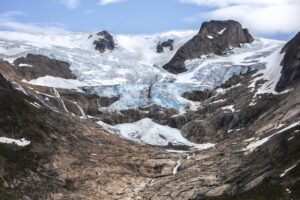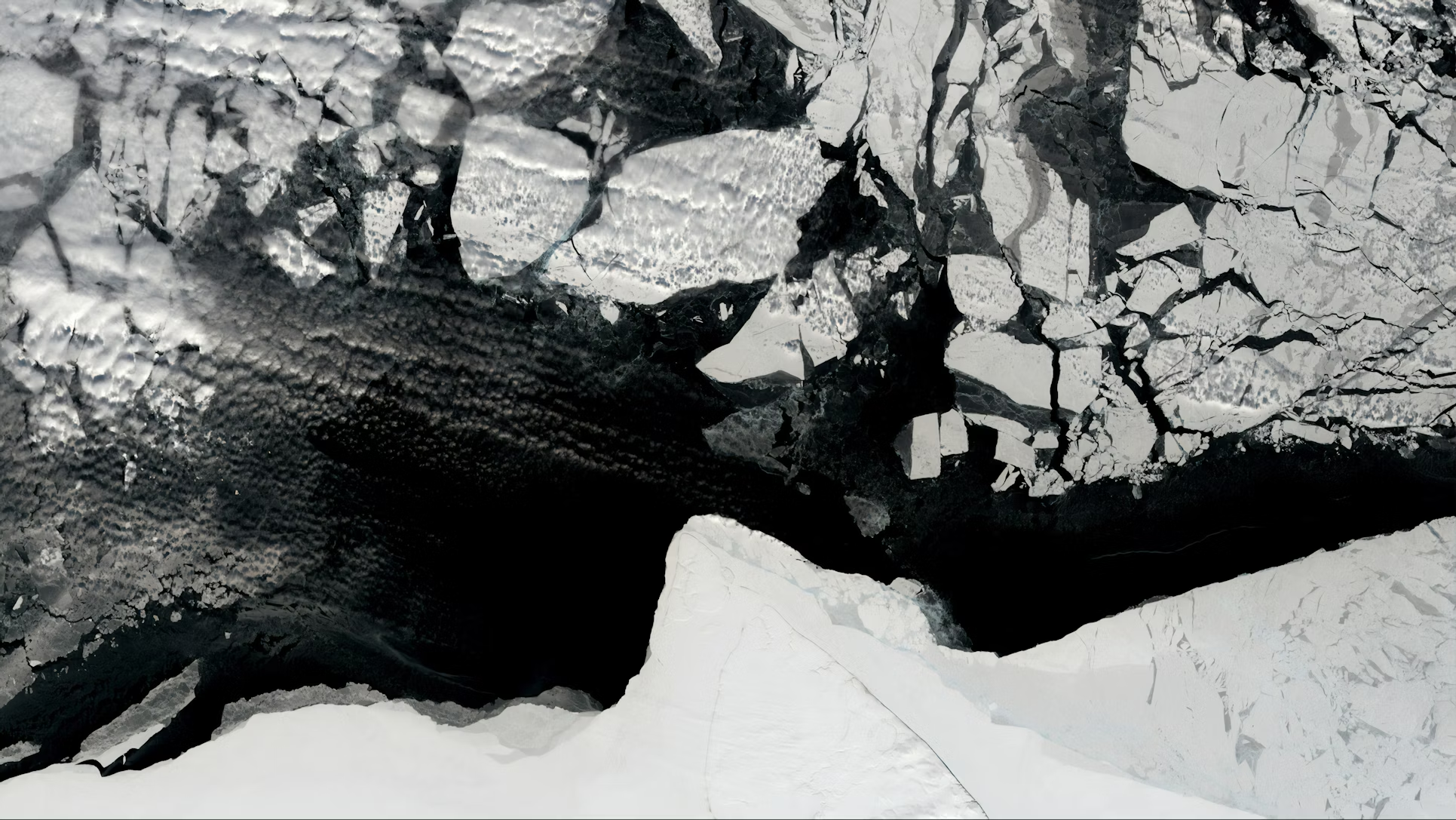Climate Change is proving itself all over the world – having detrimental effects in many areas. But could it still hit so badly in the most unlikely of places?
The most implausible of areas, Greenland, has witnessed its first recorded heights of precipitation as rain and not snow. On August 14-15, the island that usually only ever sees temperatures below freezing had received rainfall for the third time in less than a decade – the event which was so scarce now becoming more frequent.
The rapidly warming climate, assisted with the unprecedented torrential rainfall as it dumped 7 billion tonnes of water onto the ice sheets. The rain fell after 3 extremely hot days in Greenland – some places even experiencing 18°C higher than the average.
The rainfall experienced in Greenland for the first time after 1950 is said to have been the heaviest. Greenland’s ice sheets are the second largest on the planet – after Antarctica – and any rain that falls on the surface accelerates melting. Even though Greenlands ice sheets are smaller in comparison to Antarctica’s, they still account for approximately 60% of the overall sea-level rise. The amount of ice mass lost was 7 times more than the daily average of this time of year according to some.
In Greenland, there has been an increase in weather events including melting, high winds and now rain. In July, on a single day in Greenland, approximately 8.5 billion tonnes of surface mass was lost from the ice sheets. In 2019, Greenland lost approximately 532 billion tonnes of ice into the sea and because of this, global sea levels had risen by 1.5 millimetres.
Climate change has become more rapid and has a more detrimental effect on the planet than ever before. That’s why we must do our best to reverse these turns of events and help our planet flourish.





Thank you for writing this very insightful article on this important topic, it gives me hope to know that more young people and engaging on this and thinking about how to make the world a better place for us all.